Hyaluronic acid – a powerful thirst quencher for the skin!
To talk about hyaluronic acid, we first need to talk about the skin. The skin is the largest organ of the human body. Its main function is to cover us and protect us from external factors. The skin mainly consists of three layers (listed from outer to inner):
Epidermis
Dermis
Subcutis
The epidermis (0.05-0.6 mm)is a constantly renewing tissue. During the skin’s life cycle, new cells are formed from stem cells in the lower layers. The epidermis is further divided into five sub-layers. The outermost layer of the epidermis is the stratum corneum. It consists of densely packed flat cells that are held together by a lipid cement. This cohesive structure partially ensures the skin’s water resistance. Dead cells that no longer serve their purpose are continuously shed from the surface of the skin. Human skin renews itself in a cycle of about one month.
The dermis contains elastic fibers, making it stretchable, flexible, and tough. The dermis is home to hair follicles, blood vessels, sweat and sebaceous glands, and nerves.
The subcutis, serves as an intermediary between the skin and the underlying organs. It is mainly composed of loose connective tissue, elastin, and fat cells. About half of the body’s fat is located in the subcutaneous tissues. The subcutis also contains a rich supply of blood and lymph vessels, as well as nerve endings.
When it comes to skincare, we generally talk about what happens in the epidermis, or more specifically, the outermost layer of the epidermis called the stratum corneum.
Are we made of water?
To a certain extent, yes. Human skin is made up of about 64% water, and maintaining healthy, beautiful skin requires that the water content in the skin remains sufficient. However, this is not a passive process – this is where hyaluronic acid (HA) comes into play. Hyaluronic acid is a chemical compound naturally found in our bodies, present in the skin, joints, brain, eyes, and other areas. The main function of hyaluronic acid is to keep the skin hydrated and maintain its structure, which in turn gives the skin a firm and elastic appearance.
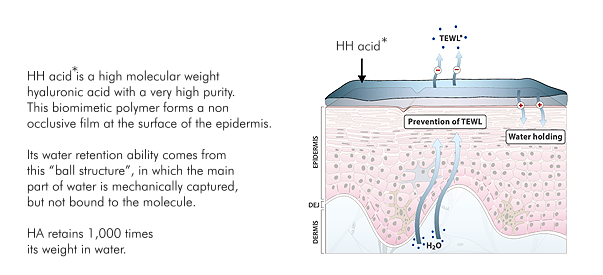
By nature, hyaluronic acid is a sticky and slippery substance that can absorb and bind large amounts of moisture. This property also makes cosmetic products containing hyaluronic acid slightly sticky and slippery.
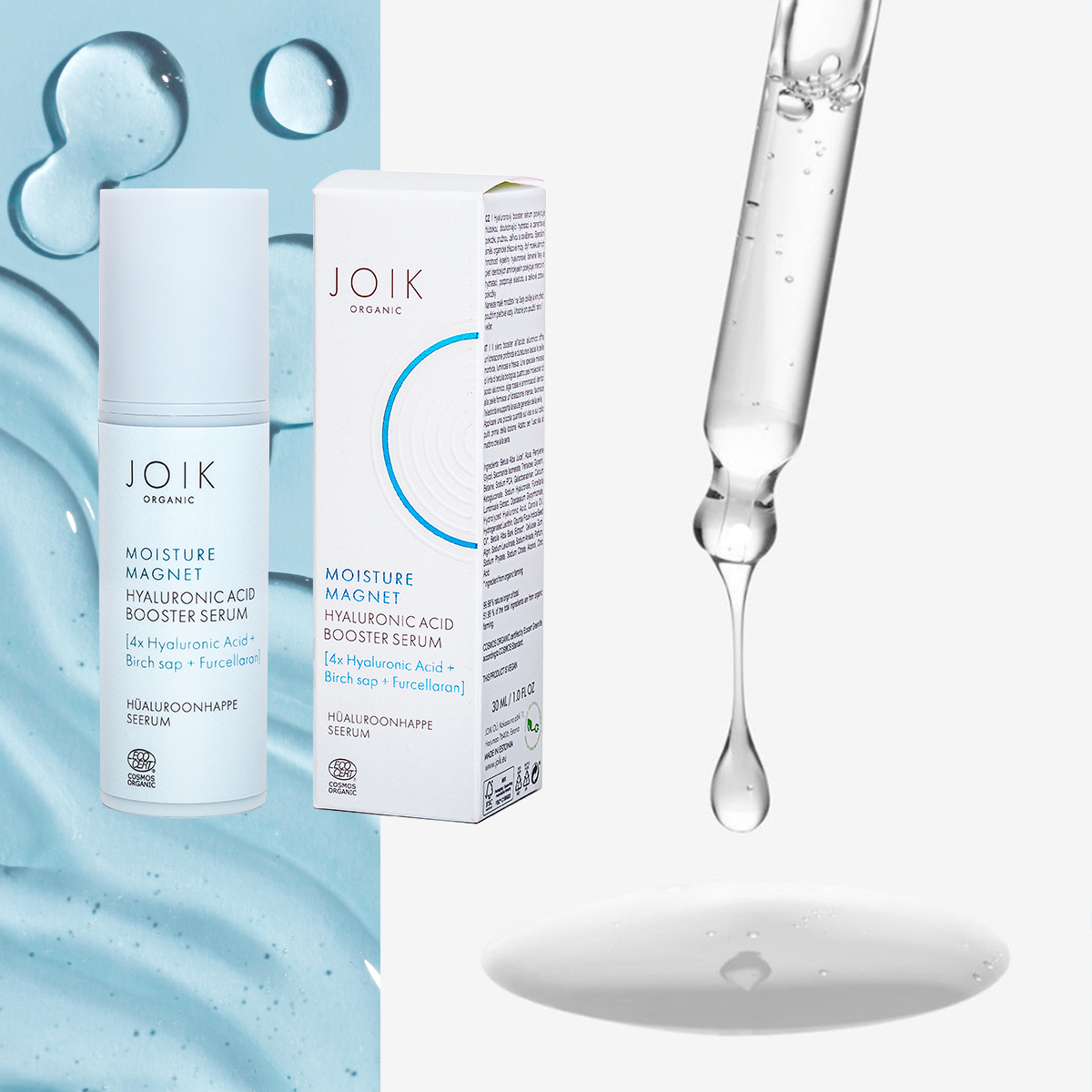
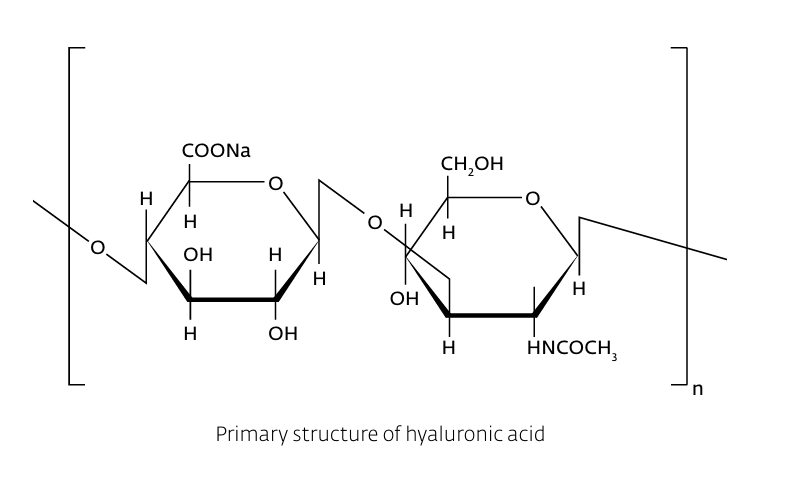
The highest levels of hyaluronic acid are found in the skin of newborn babies, which is why their skin is exceptionally soft and elastic. However, as we age, the production of hyaluronic acid decreases, and the skin becomes drier and loses its elasticity, leading to the formation of wrinkles. Fortunately, there is much we can do to counter this.
Give your skin a drink
Maintaining the skin’s moisture level is crucial, and proper skincare is key. Hyaluronic acid is a highly valued ingredient in cosmetics due to its incredible ability to bind water. But that’s not all—it also helps reduce skin redness, and some studies suggest it can accelerate wound healing. The hyaluronic acid used in creams is usually obtained through the fermentation of certain types of bacteria. For instance, in our products, we use hyaluronic acids with different molecular weights, derived from GMO-free wheat and corn. The raw materials are produced through a controlled manufacturing process that complies with ECOCERT guidelines.
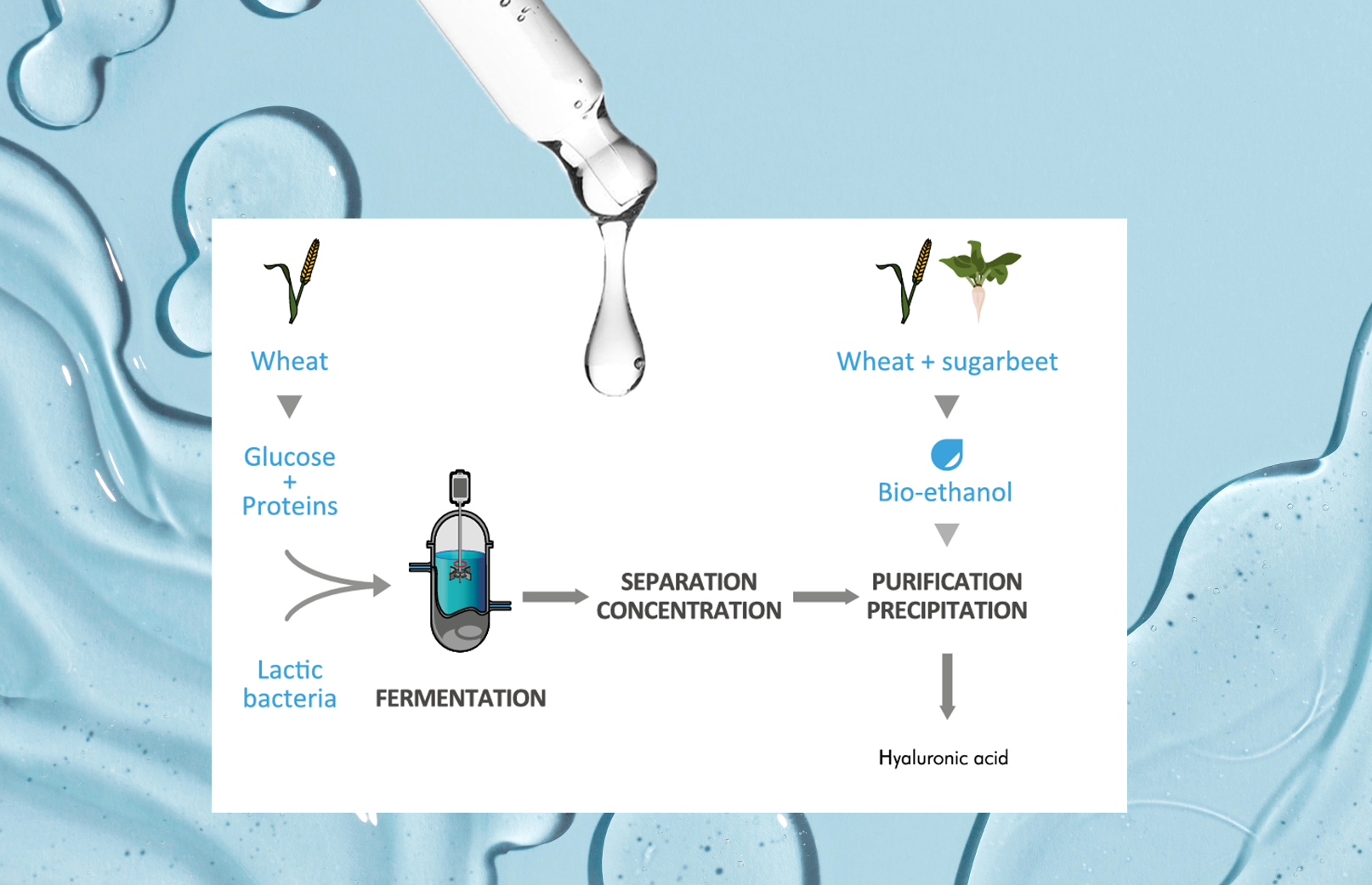
Now, let’s return to the structure of the skin and discuss the different molecular weights of hyaluronic acids, each working differently in various layers of the skin.
- High molecular weight hyaluronic acid (size L) and medium molecular weight hyaluronic acid (size M) form a protective layer on the surface of the epidermis with their large, spherical molecules. They bind water and mechanically prevent unnecessary moisture loss. These two ensure that the skin feels velvety soft and smooth to the touch.
- Low molecular weight hyaluronic acid (size S) is a true skin thirst quencher. Its smaller molecules penetrate deeper into the stratum corneum, providing powerful hydration as it binds water like a magnet and helps reduce skin redness.
- Very low molecular weight hyaluronic acid (size XS) penetrates the deepest and has a long-lasting effect, helping to improve skin elasticity from the inside and reducing fine lines thanks to its potent moisturizing effect.
If your primary goal is to hydrate your skin and prevent aging and wrinkles, we recommend finding products that contain hyaluronic acids with different molecular weights. JOIK Organic Moisture Magnet products use four different molecular weights of hyaluronic acid.
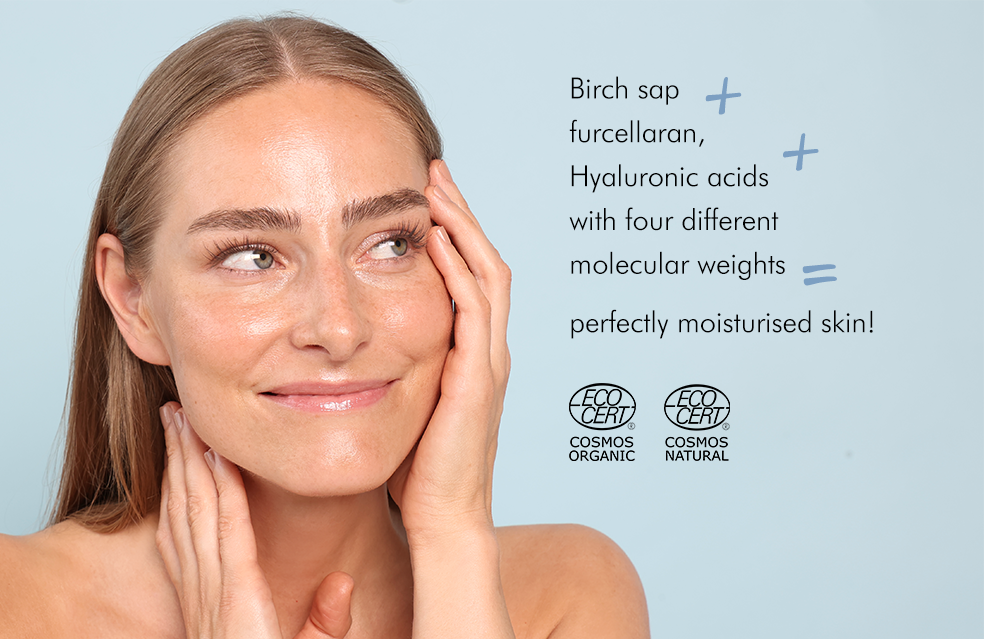
The entire new JOIK Organic facial care line is certified by Ecocert according to the Cosmos Standard, ensuring the highest quality in skincare products.
Discover Moisture Magnet product range:
1. Moisture Magnet Skin Comfort Day Cream
2. Moisture Magnet Regenerating Night Cream
3. Moisture Magnet Hyaluronic Acid Booster Serum
4. Moisture Magnet Hydro Power facial mask
5. Moisture Magnet Hydrating Facial Toner
6. Moisture Magnet Micellar Water
7. Moisture Magnet Facial Cleansing Foam + same product in travel size
All new facial care products are available at an introductory price until the end of September HERE
Sources used:
- Wikipedia
- Ingredient manufacturers’ materials and research data
- https://my.clevelandclinic.org/health/body/21901-epidermis
- https://www.healthline.com/health/beauty-skin-care/hyaluronic-acid#what-to-use
- https://my.clevelandclinic.org/health/articles/22915-hyaluronic-acid